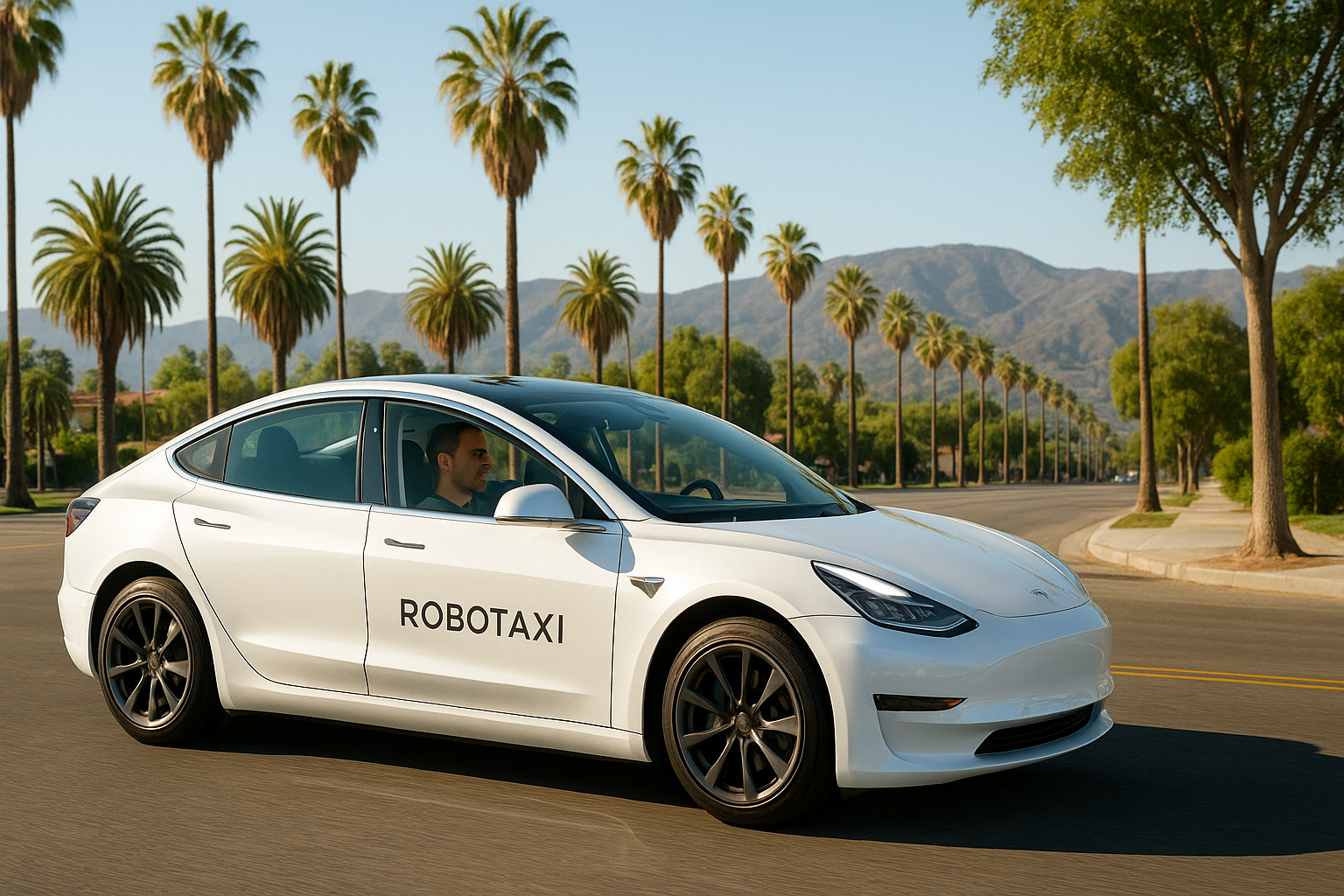Tesla has started offering what it's calling "robotaxi" rides in California. There's just one tiny detail worth mentioning: there's a human driver behind the wheel at all times.
Yes, you read that correctly.
The company that has spent years promising a self-driving revolution hasn't actually secured a permit for autonomous vehicle testing in the state. Instead, they're essentially running a fancy taxi service while slapping the "robotaxi" label on it.
I've been tracking the autonomous vehicle industry since its stuttering beginnings, and this latest move feels... familiar. It's classic Tesla—big promises wrapped in careful regulatory workarounds.
Here's the thing: California has a pretty straightforward system for companies wanting to test truly driverless cars. You need a permit from the DMV. Waymo has one. Cruise has one (though that's a whole other story after their recent troubles). Tesla? Nope.
Instead, Musk's company is operating under what's called a charter-party carrier permit from the California Public Utilities Commission—basically the same permit your local limo service uses. Not exactly cutting-edge stuff.
The gap between Tesla's autonomous driving promises and reality has been, well, substantial. Musk has been telling us full self-driving is just around the corner since about 2016. Remember 2019, when he claimed there would be a million robotaxis on the road by 2020? I do. My notes from that investor call are still sitting in my desk drawer.
Look, there's something almost admirably brazen about calling a service with human drivers a "robotaxi" program. It's like me calling my morning jog "training for the Olympics." Technically, I suppose it could be—but let's be real about where things stand.
What we're seeing plays into what I call the "perpetual horizon" problem in tech. Revolutionary change is always promised to be just 6-12 months away... and somehow stays that distance no matter how much time passes.
(This phenomenon isn't unique to Tesla, by the way. Remember how Google Glass was going to change everything? Or how blockchain was going to revolutionize banking by... 2018? 2019? 2022?)
The financial implications here are worth considering. Tesla's stock has long enjoyed a premium based partly on its perceived leadership in autonomous driving. By maintaining the appearance of progress—even if that "progress" means putting humans in the driver's seat of so-called robotaxis—they keep that premium intact.
Smart business move? Perhaps.
Actual technological breakthrough? Not so much.
For regular Californians, this means you can now hail a ride in a Tesla with a Tesla employee driving you around. Which might be pleasant! Just don't mistake it for the autonomous revolution we've been promised.
That revolution, like fusion power and flying cars, remains perpetually on the horizon—just far enough away that we can't quite make out the details, but close enough to keep us looking.
